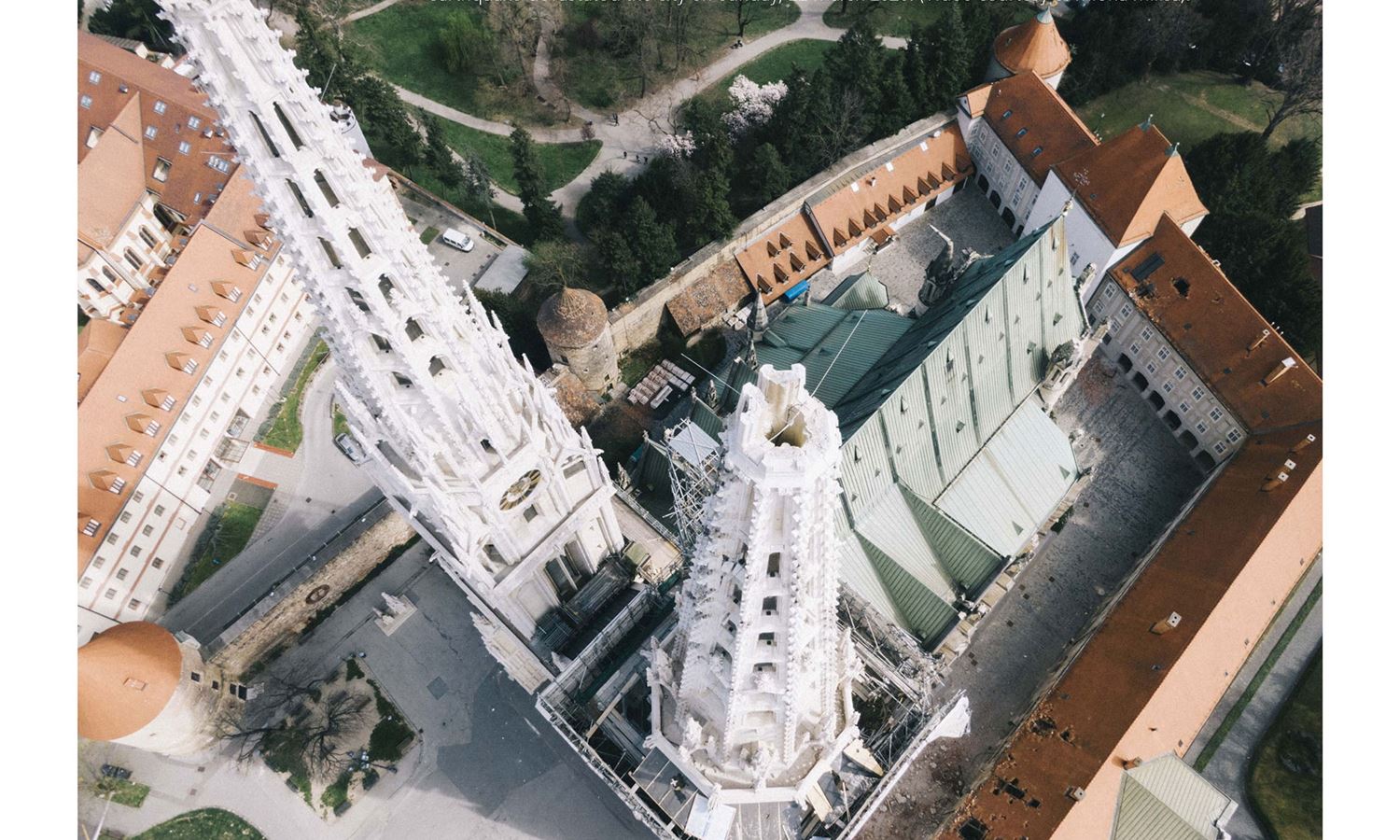On 22 March, a terrible earthquake struck Zagreb, the capital of Croatia. The strong quake (5.3 on the Richter scale) coincided with both the start of the country’s Covid-19 quarantine and a day of bitter cold, wind and snow. It was bad enough restoring the city after the ravages of the Croatian war of independence in the 1990s; now conservation work must begin all over again on certain buildings and works of art.
And five important museums in Zagreb have suffered grievous damage, as has the great Gothic and neo-Gothic cathedral and the Archbishop’s Palace. The damage was particularly severe to the Museum of Arts and Crafts, with fallen roofs, collapsed ceilings, broken furniture, shattered display cases and everywhere an abundant covering of broken plaster, rubble, glass and tiles. The museum is modelled on the Victoria and Albert Museum in London, and contains a wide range of important and beautiful applied art. The Museum of Contemporary Art (MSU), the Senoa House, the Archaeological Museum and the Croatian Academy of Sciences and Arts (HAZU) have all suffered similarly. All these buildings and many more have also been affected by the consequences of water egress.
Source: Timothy Clifford
